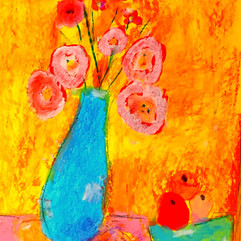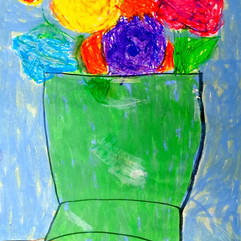Berthe Morisot
- Serene
- May 28, 2024
- 1 min read
Berthe Morisot
France 1841-1895

Berthe Morisot was a notable French painter and a member of the circle of painters in Paris who became known as the Impressionists. Born into a wealthy family in 1841 in Bourges, France, Morisot was exposed to art from a young age. Her mother, related to the renowned Rococo painter Fragonard, encouraged her artistic pursuits. Along with her sister, she honed her skills by copying artworks at the Louvre, and she studied with famed artists, including Degas, Manet and Corot.
In 1864, Morisot exhibited for the first time in the highly esteemed Salon de Paris. Sponsored by the government and judged by Academicians, the Salon was the official, annual exhibition of the Académie des beaux-arts in Paris. In 1874, she joined the "rejected" Impressionists in the first of their own exhibitions, which included Paul Cézanne, Edgar Degas, Claude Monet, Camille Pissarro, Pierre-Auguste Renoir and Alfred Sisley. Morisot went on to participate in all but one of the following eight impressionist exhibitions, between 1874 and 1886.
Her work was celebrated in international exhibitions, and she was one of the few female artists to achieve fame during her lifetime, often depicting women's experiences and family life. Morisot formed a significant professional bond with painter Edouard Manet and married his brother Eugène Manet, and had a daughter, Julie, who became a central figure in her art. She gained recognition for her distinctive, intuitive, and delicate painting style. Her work is in major museums and collections worldwide, including the Metropolitan Museum of Art, the Tate London, and the Musée d'Orsay in Paris, which houses the largest Impressionist collection.
------------------------------------------------------------------------------------------------------------------------------------------------

Inspired by Impressionism and Berthe Morisot's
style, the students created their own interpretation
using some of the techniques with paint overlayed with oil pastels.








































Comments